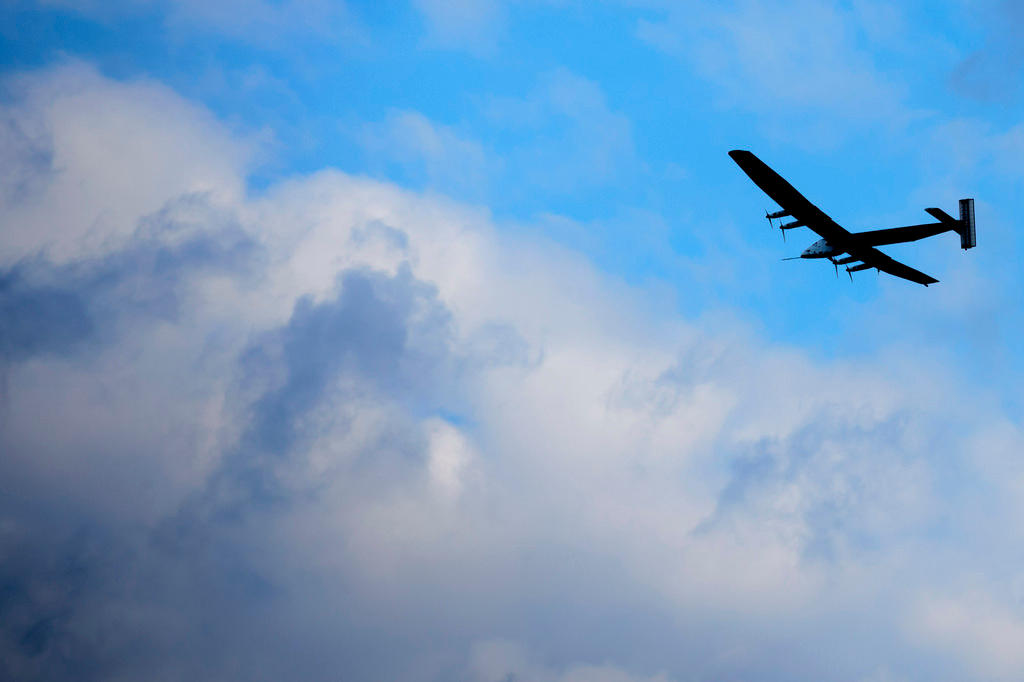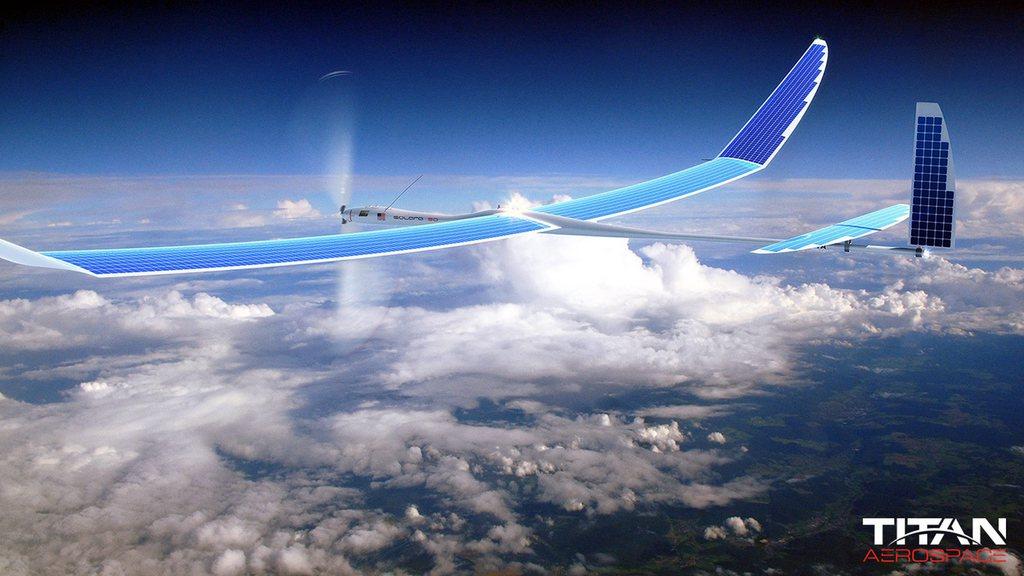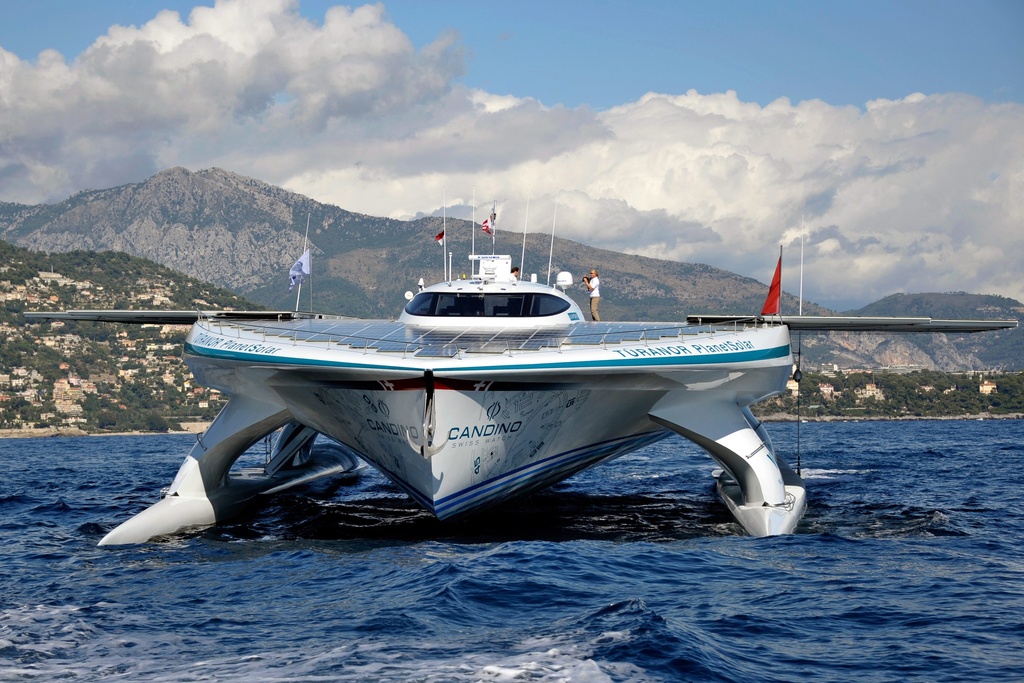Stratospheric plane unveiled in Switzerland

Swiss adventurer Raphaël Domjan, who sailed round the world on the PlanetSolar solar-powered boat, has unveiled a small two-seater solar aircraft with which he hopes to become the first pilot to fly in the stratosphere. Test flights will begin next February.
The plane, which was shown to the press and officials in Payerne on Wednesday, is 8.5 metres (27.8 feet) long and has a wingspan of 24.8 metres. It weighs 450kg, or 990 pounds, and is covered with 22m2 of solar panels.
“Our aircraft can fly at an altitude of 25,000 metres and this opens the door to the possibility of electric and solar commercial aviation, close to space,” said Domjan, the creator of PlanetSolar, the first solar-powered boat to circumnavigate the globe and the initiator and pilot of the new SolarStratos project.
“Our goal is to demonstrate that current technology offers us the possibility to achieve above and beyond what fossil fuels offer. Electric and solar vehicles are amongst the major challenges of the 21st century.”
However, the SolarStratos project, which was initiated in 2014 and has so far cost CHF5 million ($4.95 million), is still in the development phase. The plane, batteries, engines, solar panels and pilot must undergo rigorous testing. The first test flights are due to take place in February 2017, followed by medium-altitude flights in summer. Initial stratospheric flights are scheduled for 2018.
The team estimates that the journey to and from the stratosphere will take around five and a half hours: 2.5 hours to reach space, followed by 15 minutes of broad daylight and stars, then three hours to return to Earth.
For weight purposes, the aircraft will not be pressurised, so Domjan will wear a spacesuit powered by solar energy – another world first.
His initial goal is to try to beat the world altitude record for a manned solar plane (9,235 metres), established by Solar Impulse pilot André Borschberg in 2010.
If all goes to plan, the second phase of the project will involve the development of high-altitude commercial flights with bigger aircraft. Another idea is to create stratospheric solar drones to replace or support satellites. Such drones are currently being developed by Facebook and Google, among others.
The solar two-seater plane has been built by the company Elektra Solar GmbH and its solar systems were developed by the Swiss Centre for Electronics and Microtechnology (CSEM) in Neuchâtel, together with a team of international specialists.

In compliance with the JTI standards
More: SWI swissinfo.ch certified by the Journalism Trust Initiative












You can find an overview of ongoing debates with our journalists here . Please join us!
If you want to start a conversation about a topic raised in this article or want to report factual errors, email us at english@swissinfo.ch.